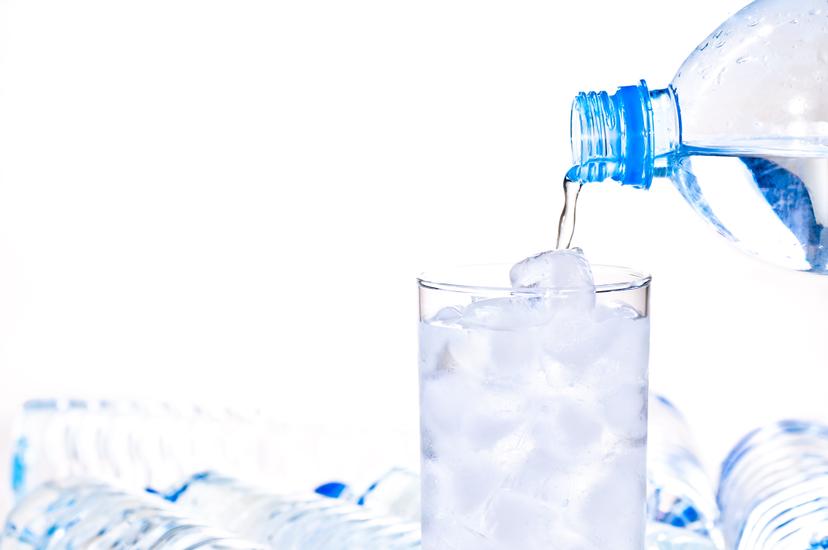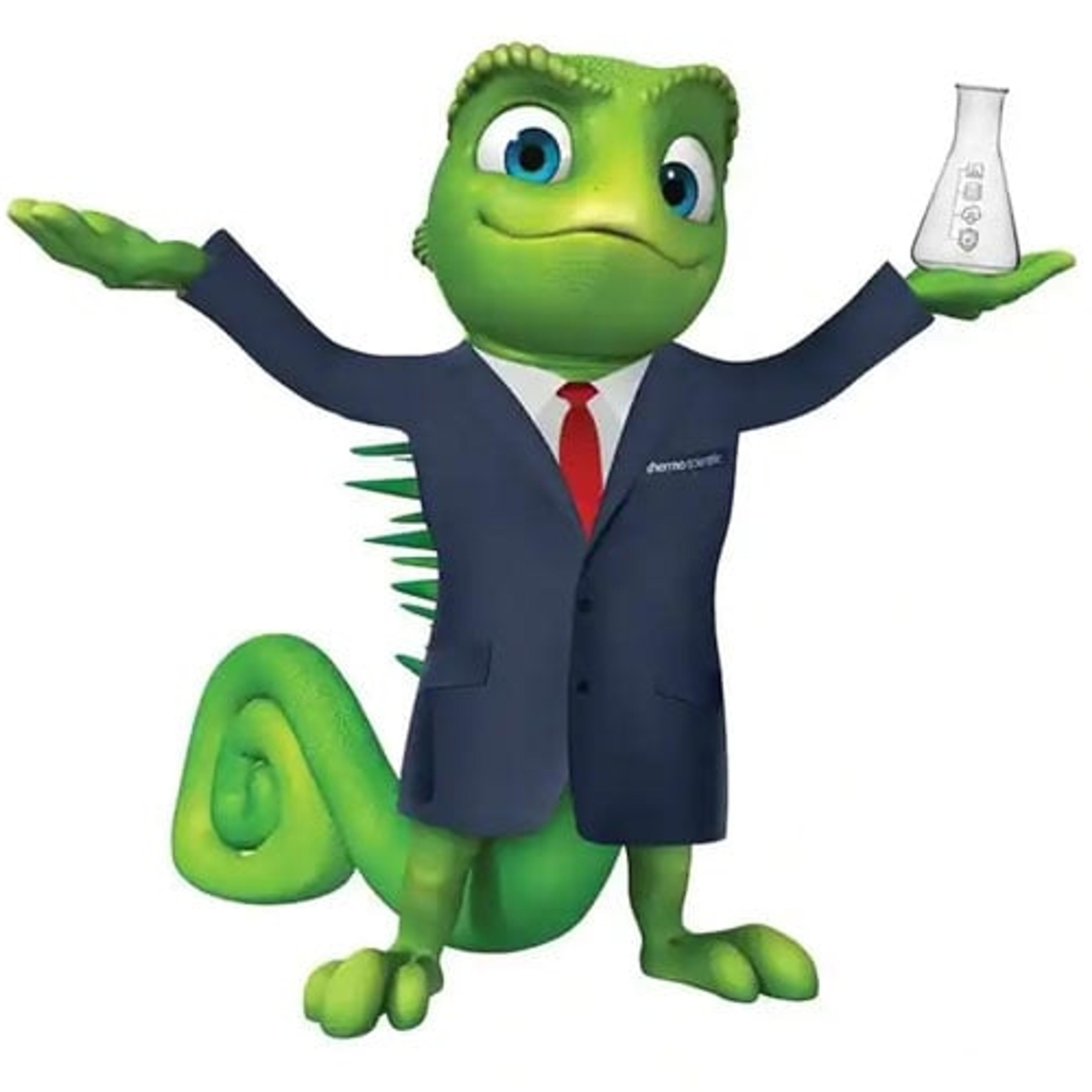Determination of Phthalates in Drinking Water by UHPLC with UV Detection
Learn how to perform simultaneous determination of phthalates in drinking water, as specified in European Union (EU) Directive 2005/84/EC; U.S
2 Oct 2016

Phthalates are potentially hazardous to humans because they are endocrine disruptors. This has resulted in regulations regarding the types and levels of phthalates allowable in water containers. HPLC is used for the simultaneous detection of multiple phthalates in bottled water.
Phthalates are widely used as plasticizers for polyvinyl chloride resins, adhesives, and cellulose film coating. To date, nearly 20 kinds of phthalates have been used for these purposes. Their potential harm to human health has resulted in regulations regarding the types and levels of phthalates allowable in plastic toys, water containers, textiles, and foods.
To develop an efficient high-performance liquid chromatography (HPLC) method for the simultaneous determination of 19 phthalate compounds in drinking water. The 19 target analytes cover those specified in European Union (EU) Directive 2005/84/EC; U.S.

